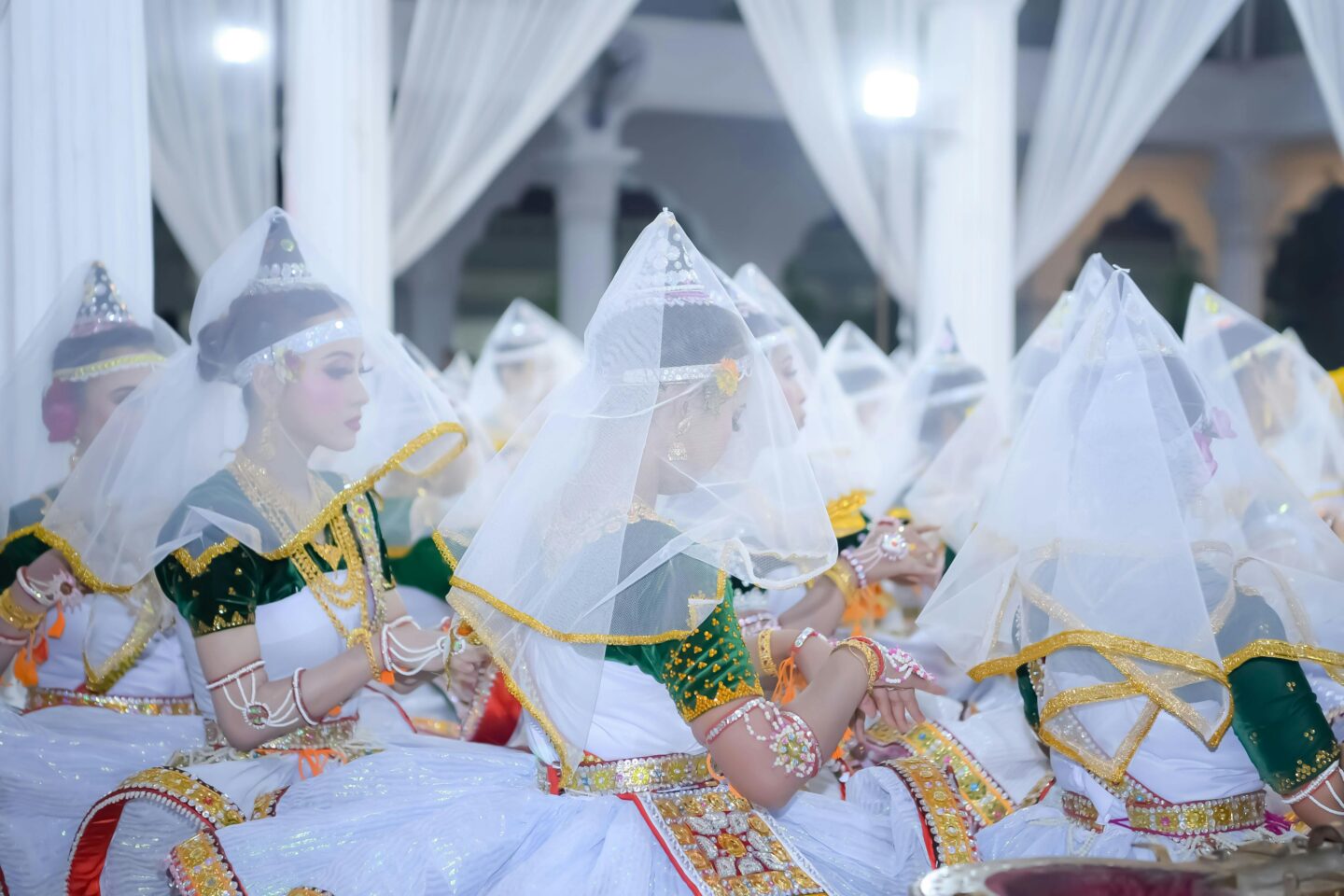Rāsa-līlā is not merely a tale of Kṛṣṇa dancing with the gopīs, but rather a profound exposition of Lord imparting wisdom and delight to His devotees through His divine pastimes. It’s crucial to grasp the deeper teachings Kṛṣṇa conveys through the rāsa-līlā.
In the tenth canto of Śrīmad-Bhāgavatam, Chapters 29 to 33, depicting the rāsa-līlā—known as rāsa-pañcādhyāyī—are revered as the pinnacle chapters. The tenth canto is likened to the face of Bhagavān, with the five chapters of rāsa-pañcādhyāyī considered the very heart of Kṛṣṇa. To truly understand a person, one must comprehend their heart, not just their face. Similarly, understanding rāsa-pañcādhyāyī reveals the heart of Kṛṣṇa.
But why is the rāsa-līlā elaborated in five chapters? The term ‘prapañca’ signifies this entire material world, encompassing the five stages of human life:
- Pa – Pariśrama (Effort): Every individual strives (pariśrama) to earn a livelihood for family sustenance. This effort often leads to mental and physical exhaustion, manifesting as modern-day stress and anxiety, symbolized by the foam (phena) from a horse’s mouth after a strenuous run.
- Pha – Phena (Foam): Mental and physical weariness resulting from one’s endeavors.
- Ba – Bandhan (Attachment): One becomes attached to material possessions gained through effort. Attachment forms towards money and family, born out of one’s labor.
- Bha – Bhaya (Fear): Fear of losing these attachments haunts the mind.
- Ma – Mṛtyu (Death): These five aspects of prapañca bind an individual to the material existence.
Escaping prapañca requires understanding the five chapters of rāsa-pañcādhyāyī and immersing in bhakti. This significance of ‘five’ reflects the transcendental antidote to material entanglements.
Rāsa-līlā embodies not merely a dance but an ecstatic experience of ānanda (bliss) or brahma-sukha, arising from the union of jīvātmā (individual soul) with paramātmā (Supreme Soul) through prem (divine love). Gopīs symbolize jīvātmā, while Kṛṣṇa represents paramātmā. Through this līlā, Kṛṣṇa teaches that every jīvātmā can establish a divine relationship with Him and experience transcendent ānanda. Kṛṣṇa, as the ocean of rasa (rasovaisaḥ), shares this divine essence with purified souls through tapsaya (austerity), sensory control, and bhakti, manifesting the rāsa-līlā.
Gopīs are far from ordinary beings. Millions of ṛṣi-munis (sages) perform penances for countless years yet fail to glimpse even a ray of light from Bhagavān’s lotus feet. How, then, can the gopīs who danced with Kṛṣṇa be considered ordinary?
By contemplating rāsa-pañcādhyāyī, one delves into the divine heart of Kṛṣṇa, transcending material existence and embracing the boundless ānanda in union with the Supreme.
Isn’t it fascinating how Kṛṣṇa’s divine dance goes beyond mere storytelling, teaching profound lessons and offering unparalleled bliss?
